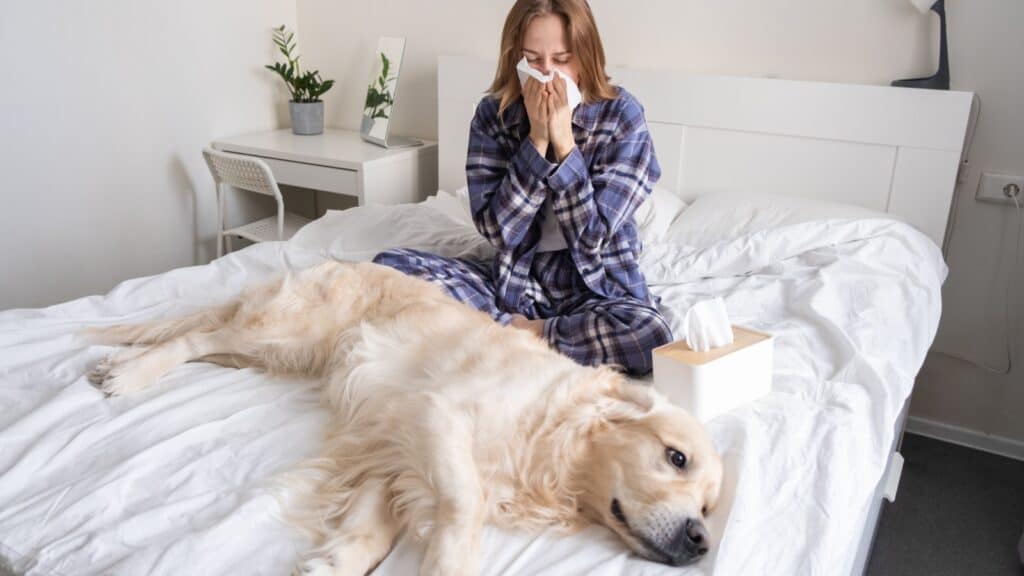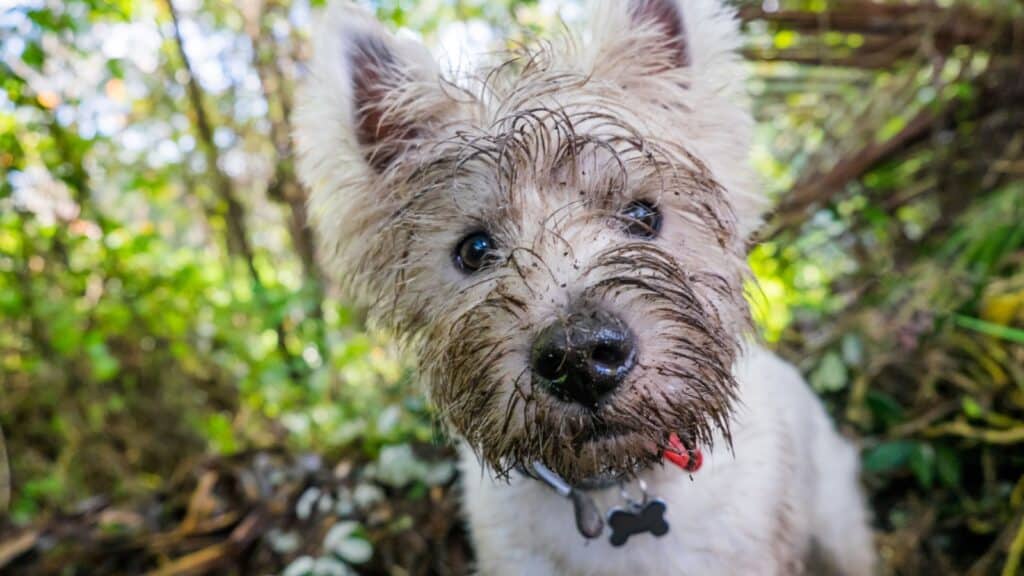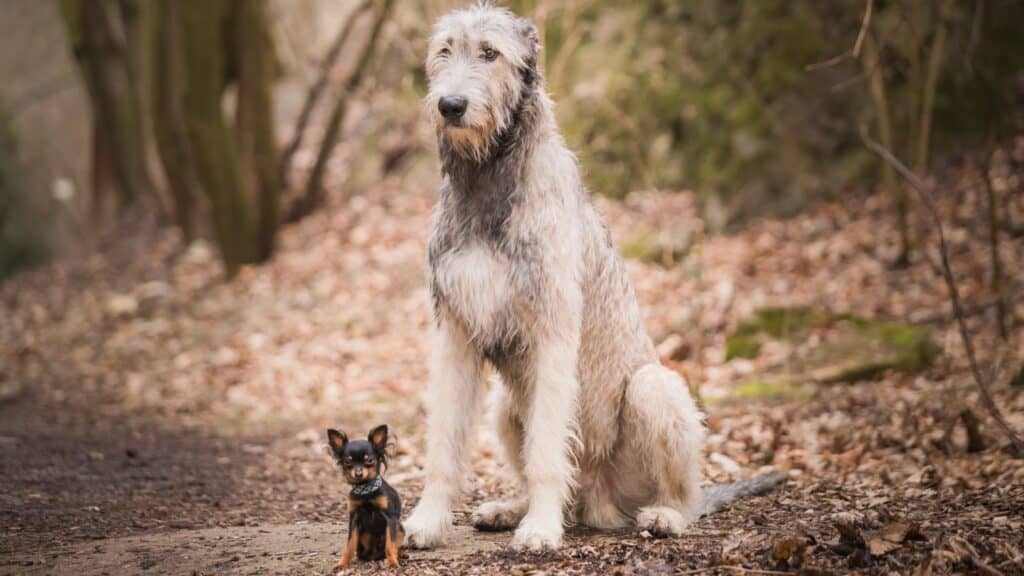Why No Dog is Truly Hypoallergenic
The search for a hypoallergenic dog is common among pet enthusiasts who suffer from allergies. Many hope to find a furry companion that doesn’t trigger their allergic reactions. While certain breeds are often marketed as “hypoallergenic,” the truth is a bit more complex. Scientifically, no dog breed is completely hypoallergenic. This article will explore why that is the case, examining the nature of what causes allergic reactions in humans and how dogs of all breeds can potentially be allergen carriers.
Understanding Allergies to Dogs

Allergies to dogs are caused by proteins found in the animal’s dander (skin flakes), saliva, and urine. These proteins are allergens, and when they come into contact with a person’s respiratory system or skin, they can trigger allergic reactions. Symptoms can range from mild to severe and include sneezing, runny nose, itchy eyes, and even asthma attacks.
Do You Know Canis Familiaris 1?

The most common allergen from dogs is Canis familiaris allergen 1, referred to as Can f 1, which is primarily found in the dog’s saliva and dander. It’s important to note that all dogs produce these proteins, and thus, all dogs can potentially cause allergic reactions. The misconception that some breeds are hypoallergenic usually stems from the belief that certain dogs either do not produce these allergens or shed less.
The Myth of Hypoallergenic Breeds

The term “hypoallergenic” suggests that certain breeds of dogs are less likely to cause allergic reactions. This belief has led to the popularity of breeds like Poodles, Portuguese Water Dogs, and certain terriers, which are said to shed less hair and dander than others. However, shedding less doesn’t mean a dog is allergen-free.
And The Studies Say…

Studies have shown that the levels of Can f 1 protein can vary widely not just between different breeds but also within the same breed. A study published in the “American Journal of Rhinology & Allergy” found no significant difference in the amount of allergens in homes with so-called hypoallergenic dogs compared to homes with non-hypoallergenic breeds. Thus, a dog’s breed alone is not a reliable indicator of whether it will trigger an allergic reaction.
What About Goldendoodles and Labradoodles?

It is a misconception that Goldendoodles and Labradoodles are hypoallergenic.
Goldendoodles and Labradoodles have gained immense popularity partly due to the belief that they are hypoallergenic. These breeds are crosses between Golden Retrievers or Labrador Retrievers and Poodles, respectively. The allure of these so-called “designer dogs” (they are simply mixed breeds, which are often sold for inflated prices), often rests on their reputation for combining the friendly, approachable nature of Retrievers with the low-shedding coat of the Poodle. However, the notion that Goldendoodles and Labradoodles are inherently hypoallergenic is a misconception that deserves clarification.
Genetic Variability in Crossbreeds

The crux of the issue with labeling Goldendoodles and Labradoodles as hypoallergenic lies in their genetic makeup. As crossbreeds, the traits these dogs inherit from their parent breeds can vary significantly even within the same litter. While Poodles are known for their curly, low-shedding coat, which is often touted as being better for allergy sufferers, Golden Retrievers and Labrador Retrievers do not share this characteristic. They typically have straight or wavy coats that shed regularly.
No One Can Predict What Will Happen

The offspring of a Poodle and a Retriever can inherit any combination of characteristics from either parent. This means that a Goldendoodle or Labradoodle might not necessarily inherit the Poodle’s low-shedding coat. Some may shed as much as a Retriever, while others might have a coat that’s somewhere in between. Therefore, predicting whether a particular Goldendoodle or Labradoodle will be low-shedding and thus less likely to spread allergens cannot be accurate.
Allergens in Dander, Not Just Hair

It is crucial to understand that dog allergens are present in dander, saliva, and urine, not just in the hair. Therefore, even if a Goldendoodle or Labradoodle inherits the Poodle’s low-shedding coat, it does not guarantee that the dog will produce fewer allergens. These dogs will still produce dander and saliva, which contain the proteins that trigger allergic reactions.
Diet Counts

Additionally, because these breeds can vary in their individual grooming needs and skin health, the amount of dander they produce can also vary. Factors such as diet, the dog’s environment, and their overall health significantly influence the production of allergens.
Studies & Evidence

Research has demonstrated that homes with breeds purported to be hypoallergenic, such as Goldendoodles and Labradoodles, do not consistently have lower levels of allergens. A study published in the “Journal of Allergy and Clinical Immunology” found that the amount of allergens found in homes with so-called hypoallergenic breeds was similar to that in homes with other breeds.
Beware Slick Marketing Terms

This evidence suggests that the hypoallergenic status of Goldendoodles and Labradoodles may be more marketing than science. Prospective dog owners, especially those with allergies, should be cautious and not rely solely on breed as a determinant of whether they will suffer from allergies.
Recommendations for Allergy Sufferers

For individuals with allergies who are set on owning a Goldendoodle or Labradoodle, it may be beneficial to spend time with the specific dog before bringing it home. This can help determine if the individual dog triggers an allergic response. Additionally, employing strategies such as maintaining a clean home, using air purifiers, and setting boundaries like keeping the dog out of the bedroom can also help manage allergy symptoms.
Factors That Influence Allergen Production

Several factors can affect the amount of allergens a dog produces. These include the dog’s age, diet, and overall health. For example, younger dogs tend to produce more allergens than older ones. The dog’s hygiene and the cleanliness of its living environment also play critical roles in the amount of dander and hair it sheds.
Individual Animals Vary

Moreover, individual differences in dogs, even within the same breed, can lead to significant variations in allergen production. This variability makes it challenging to categorically declare any dog breed as hypoallergenic.
Managing Allergies for Dog Owners

For those with dog allergies who still wish to have a dog, there are several management strategies that can reduce allergic reactions. Here are a few:
- Choose Smaller Dogs: Smaller dogs have less skin and thus may produce fewer allergens than larger breeds.
- Maintain Cleanliness: Regularly bathing the dog and cleaning the house, including vacuuming carpets and washing fabrics the dog comes into contact with, can help reduce the presence of allergens.
- Use Air Purifiers: High-efficiency particulate air (HEPA) filters can capture dander and other allergens, potentially reducing symptoms.
- Create Allergen-Free Zones: Keeping certain areas of the home, especially bedrooms, off-limits to the dog can help reduce exposure to allergens.
- Consider NOT sleeping with your dog.
The Takeaway

While the idea of a hypoallergenic dog is appealing, it is more of a marketing term than a medical reality. All dogs produce allergens that can trigger reactions in sensitive individuals. The key to living comfortably with dogs when you have allergies lies in managing the environment and choosing breeds that are smaller and perhaps shed less. Ultimately, understanding the nature of allergies and taking appropriate preventive measures can make it possible to enjoy the companionship of a dog without suffering too much from the symptoms of allergies.
How Many Of These Foods Did You Know Could Kill Your Dog?

Our canine companions bring immense joy into our lives, and it’s our duty to ensure their well-being. However, certain everyday foods found in our homes can pose serious risks to their health. Here’s a look at foods that should never be fed to dogs or left within their reach.
To be prepared, have contact details of your local veterinarian, the nearest emergency clinic, and the ASPCA Animal Poison Control Center (888-426-4435) at hand. READ: How Many Of These Foods Did You Know Could Kill Your Dog?
Understanding The Surge In Veterinary Costs: Is It Becoming Too Expensive To Have A Pet?

If you own a pet, we bet you have noticed that veterinary care costs are escalating, leaving many of us with sticker shock and struggling to secure timely appointments. There are reasons for this burgeoning phenomenon; we unveil the many factors steering this surge. Read: Understanding The Surge In Veterinary Costs: Is It Becoming Too Expensive To Have A Pet?
Join Us

Join us on this empowering journey as we explore, celebrate, and elevate “her story.” The Queen Zone is not just a platform; it’s a community where women from all walks of life can come together, share their experiences, and inspire one another. Welcome to a space where the female experience takes center stage. Sign up for our newsletter so you don’t miss a thing, Queen!







